We’re excited to introduce you to the always interesting and insightful Abigail Hoke-brady. We hope you’ll enjoy our conversation with Abigail below.
Abigail, thanks for joining us, excited to have you contributing your stories and insights. Have you been able to earn a full-time living from your creative work? If so, can you walk us through your journey and how you made it happen? Was it like that from day one? If not, what were some of the major steps and milestones and do you think you could have sped up the process somehow knowing what you know now?
I currently freelance full-time as a lighting designer for theater and opera and have been making a living from my creative work solely since finishing grad school in 2016.
When I first moved to New York City after undergrad I worked in coffee shops and did a lot of crew work in theaters as an electrician or programmer to make a living. In the process of programming at Columbia University for their MFA Directing Thesis projects I started to meet early career designers and directors who were excited to mentor me and provide some structure that hadn’t been a part of my college experience. This ultimately led me to applying for graduate school which, at least for me, was a huge milestone. I went to NYU for my MFA and that changed my trajectory totally. I not only had great mentors but great peers and was able to learn many of the technical/paperwork skills required for the job that I did not have in my toolkit up to that point.
Now my work is primarily in opera, which is always what I wanted, but that part of my career was really launched by a conversation with a friend at a holiday party. He needed an assistant who read music for an opera he was designing. He hired me for the gig on the spot which threw me into the regional opera scene where I’ve stayed ever since.
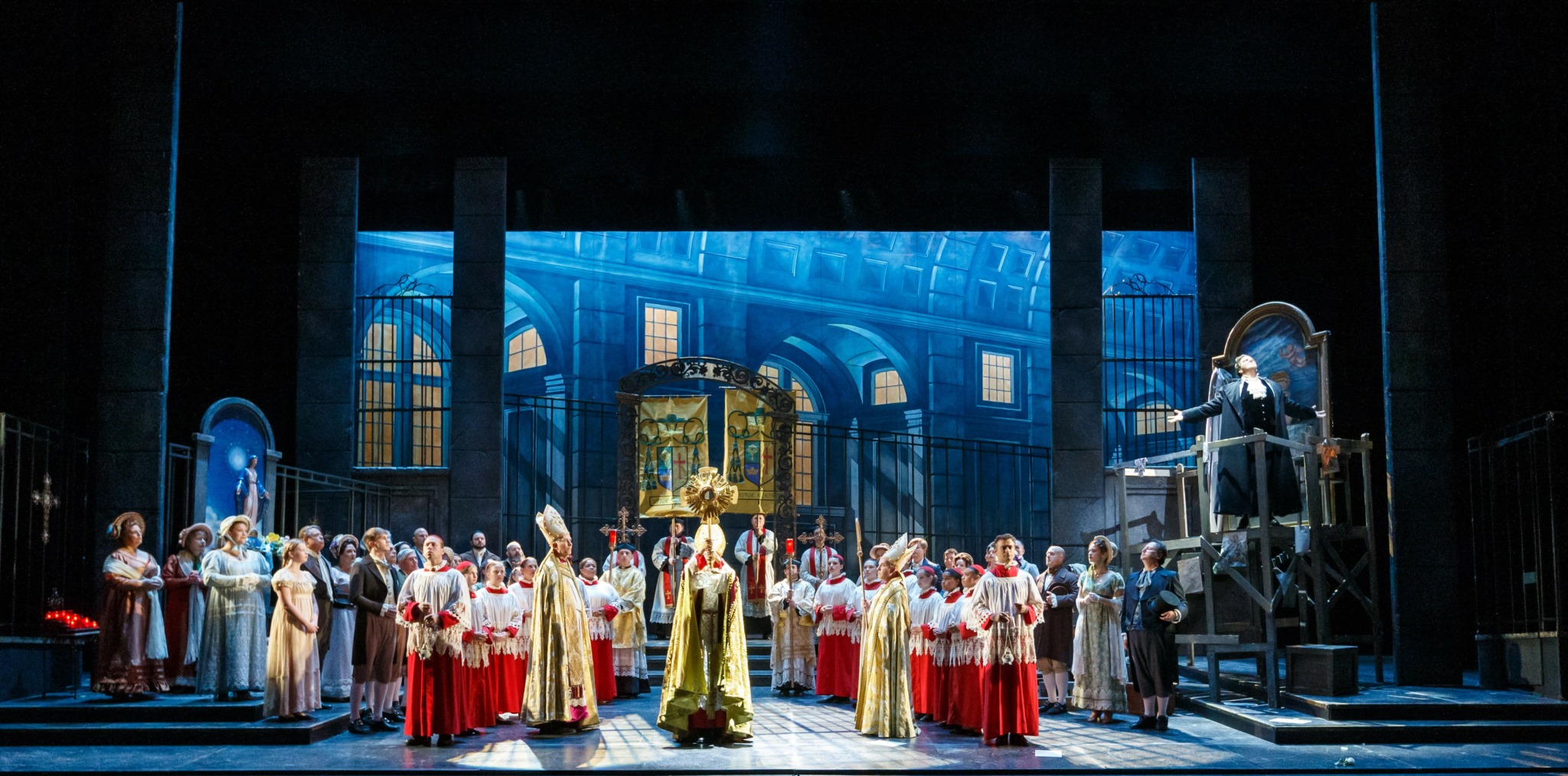
Abigail, before we move on to more of these sorts of questions, can you take some time to bring our readers up to speed on you and what you do?
I got into my particular craft as a fluke, actually. I entered college as an actor/singer and a poet. Our theater department did two shows a year in the Shakespeare Theatre of NJ and for those productions at least one student was required to be on each crew. To be on the lighting crew you had to get certified to be in a harness – however since I’d grown up in Asheville, NC and was a rock climber I already had the certification, so they followed the path of least resistance and put me on the lighting crew as a freshman. As I learned more about lighting and grew as an artist I realized that the version of conversation I could have as a designer was far more appealing to me and I changed my focus to lighting design by the end of college.
Ultimately I see my job as providing visual scoring for live performance. I control what the audience sees and what they don’t see and I emotionally manipulate how the audience may feel about a situation (is the light streaming through the window warm & bright thus engendering a feeling of hope? etc). All of this is done in collaboration with the director and the rest of the creative team – so my job is also about creative communication and creation within the bounds of the story we’re all telling together.
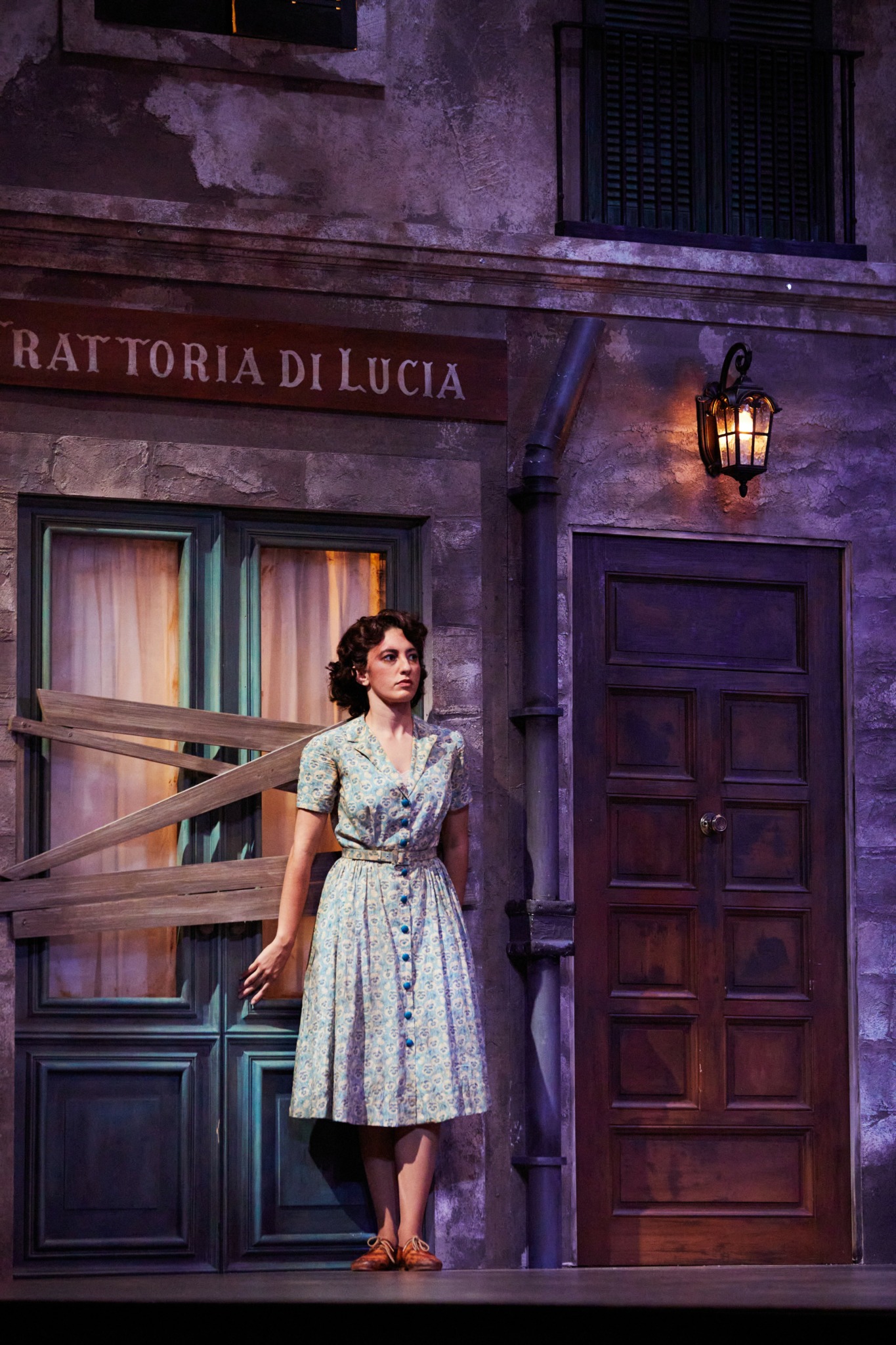
Learning and unlearning are both critical parts of growth – can you share a story of a time when you had to unlearn a lesson?
When one makes art as their profession it is inevitable that there will come a moment when one has to generate creativity without feeling inspiration. As a younger artist I believed I had to always feel inspiration and that starting harder at the project in front of my face would force that. If I didn’t feel inspiration always, could I even be an artist?
It’s taken years to unlearn the expectation of constant inspiration. The unlearning is twofold, too. At this point I’ve developed enough tools to find a way in to a project if I’m not feeling immediate creative excitement – is there a particular character that really excites me, did the set designer create a space that sets up a particular technical problem for me to solve that’s interesting, etc – all these little doorways in are great aids for getting me into a creative flow. The other thing I’ve taken onboard, which seems anachronistic, is something my father (a visual artist) always used to say “Sometimes you just have to get up and push the furniture around.” Inspiration and creative access come when you let your mind wander. Make space to daydream, to do unrelated tasks, to explore the less-visited corners of your mind and when you return to the task at hand often inspiration is closer at hand.
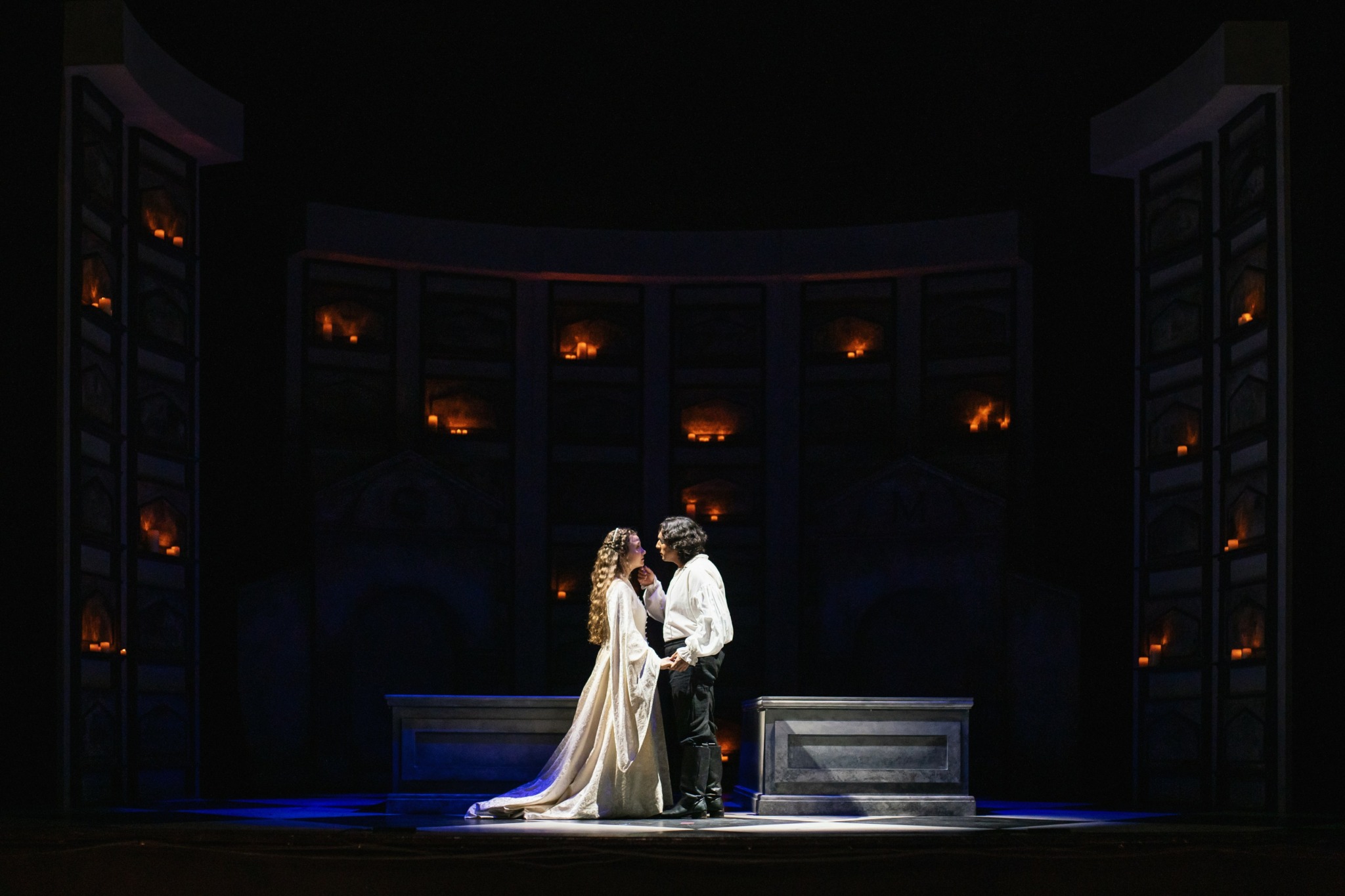
What do you find most rewarding about being a creative?
Honestly, as goofy as it may sound, I feel a perpetual sense of wonder at my immense good fortune to be able to work as an artist. There are many frustrating things about it, as there are with any career, but I spend my days tapping into the primordial human need to share stories. Also, as a theater artist I get to do this in rooms with other remarkable, creative, deep thinkers & makers.
Contact Info:
- Website: https://hokebradydesigns.com
- Instagram: @hokebradydesigns
- Facebook: Abigail Hoke-Brady
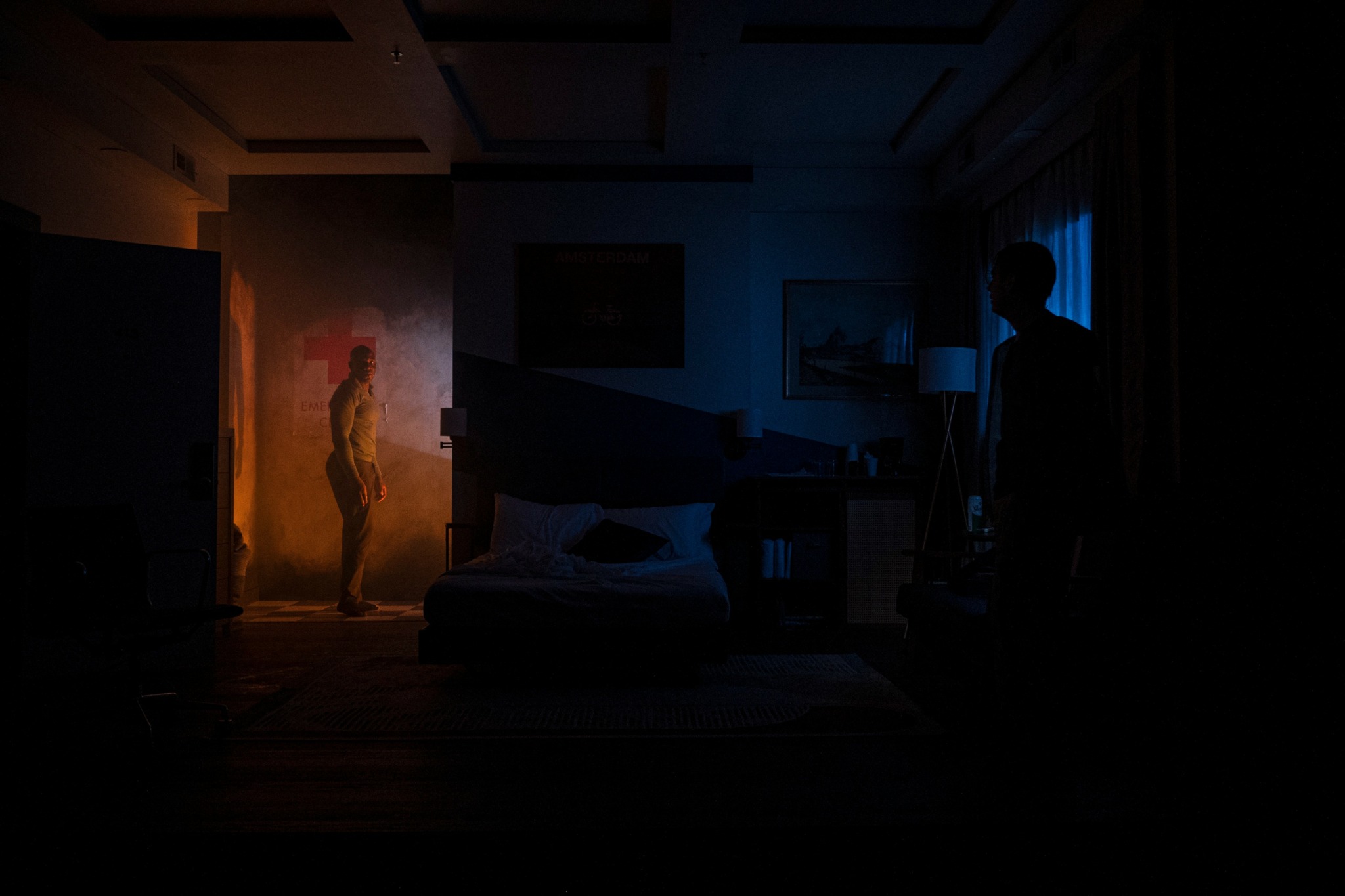
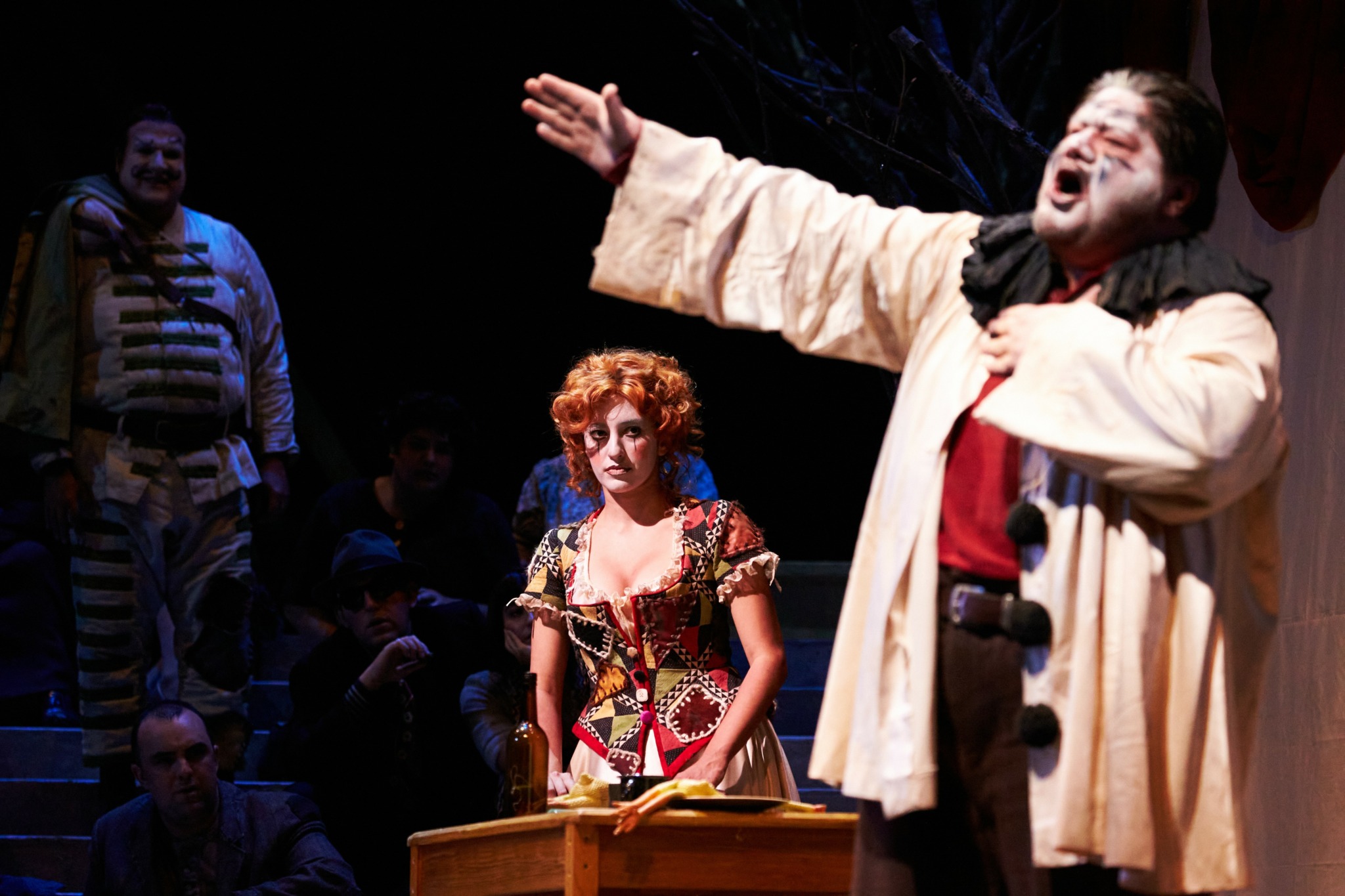
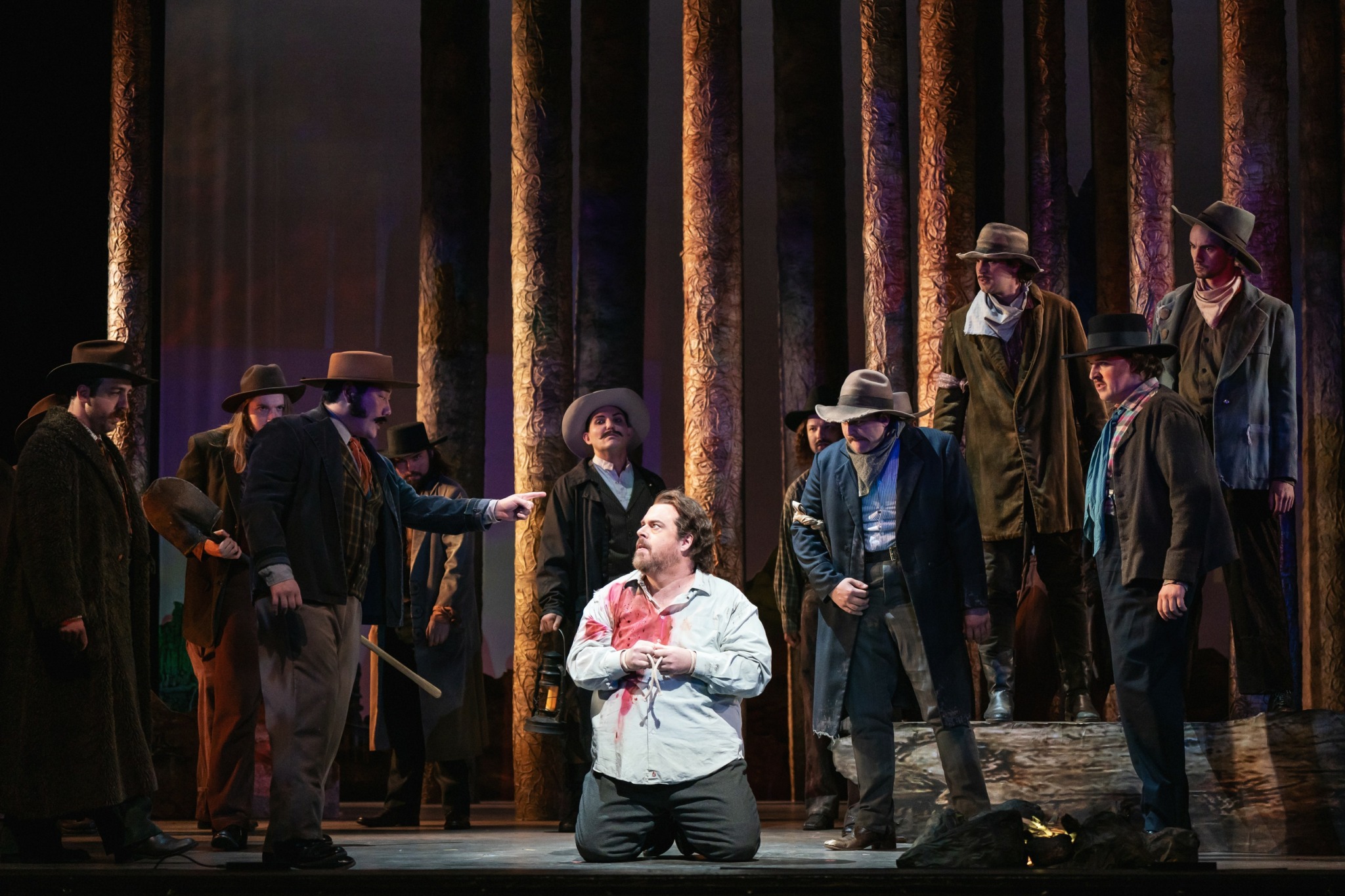

Image Credits
Photographers: Amanda Tipton, Philip Newton, David Bachman, Lawrence E Moten III


